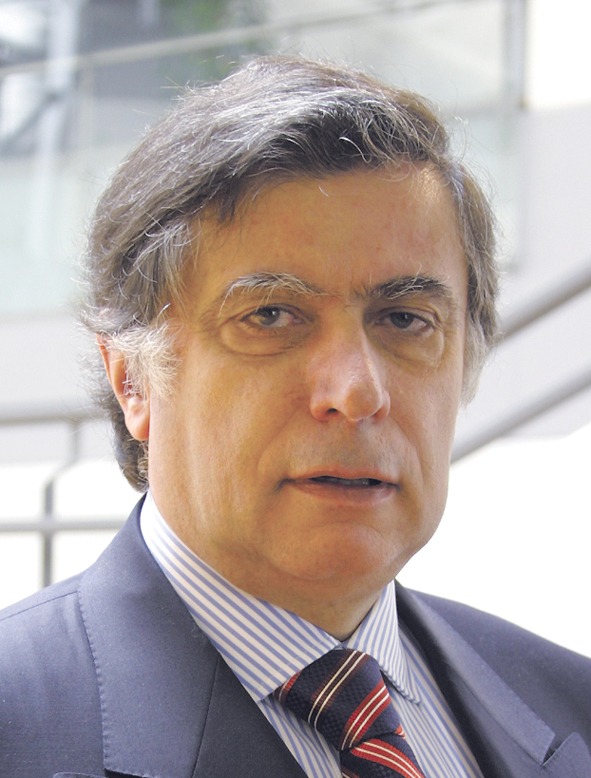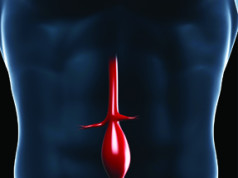
The use of surgical simulators is important to assess competence, plan complex cases and develop skills, but they “do not replace clinical and surgical experience,” according to José Fernandes e Fernandes (Lisbon Academic Medical Centre and Lisbon Cardiovascular Institute, Lisbon, Portugal), who spoke at the 2017 VEITHsymposium (14–18 November, New York, USA).
“Proficiency means that we have to be competent, have proper skills, and provide quality of care,” Fernandes said. “This can be assessed by clinical outcomes, such as results and prevention of major adverse events, patient safety and satisfaction, and cost-effectiveness.”
Fernandes told VEITHsymposium delegates that such proficiency in vascular practice, whether endovascular or open, rests on organisation, education and experience. He also noted, “It is important to bear in mind the relationship between procedure volume and outcome.”
Vascular specialists must “be leaders” in multidisciplinary team, Fernandes argued, promoting an “adequate selection of patients” and “avoidance of unnecessary procedures”. The vascular surgeon’s capacity to promote patient-tailored treatment is vital, as is networking with referral centres in the case of complex problems. In this content the vascular surgeon should also help to promote non-invasive technologies, multidisciplinary cooperation, and increase the role of vascular nursing and paramedic practioners, Fernandes argued.
“Our practice is evolving,” Fernandes continued. He explained that modern vascular practice is generally made up of 10–30% open surgery, 60–80% endovascular surgery, and 5–10% hybrid procedures. “The question we need to ask is whether we can sit on both sides of this fence,” he said. “Can we master both components of our profession, both the open and endovascular approaches?”
Fernandes identified simulation as one option for overcoming deficiencies in open repair training, caused by the shift towards endovascular treatment. “A review of the existing literature shows that performance metrics improve with simulation training,” Fernandes explained. “Successful translation to in vivo situations is observed in patient-specific procedure rehearsals and randomised controlled trials on real procedures. However, there is no level 1 evidence to confirm the predictive validity of simulation in improving patient outcomes, and further studies are required to prove the superiority of simulation to traditional training in operating theatres.”
With open surgery specifically, simulation can be useful for learning basic techniques, and even more complex strategies, Fernandes suggested. He told the audience that OSATS scores improved in 80% of trials of open surgeries following simulation training. The specific parameters in which improvements were identified were team leadership, knowledge of the procedure, economy of movement, error scores, instrument handling and overall performance.
“Although there is a positive impact that can be measured, some critical aspects of skill transfer have not yet been demonstrated in the live setting,” Fernandes cautioned.
Experience, of all types, is the key to maintaining proficiency, Fernandes said. “This includes educational programmes and advanced simulation (both open and endovascular),” he explained. “Case volume, and thus experience, is essential, both at an individual and institutional level. For that, we need a new perspective of organisation of care.”
Explaining what such an organisation may look like, Fernandes argued that “a vascular centre, working in a network with more peripheral units, can be one way to overcome this problem and attract enough of a caseload for training, education, and best performance. This would offer a centre suitable for more complex open repair.”
Concluding, Fernandes told VEITHsymposium delegates, “Open and endovascular skills should be developed in simulators before starting with patients, and simulation is important in assessing competence and useful for planning more complex cases. However, simulators do not replace clinical and surgical experience, although they do improve learning curves.”
“Improving clinical and surgical experience relies on centres with enough patients to train surgeons to a high level of competence.”
“Simulation helps improve attitude, decision-making, and leadership, but it is no substitute for experience.”












